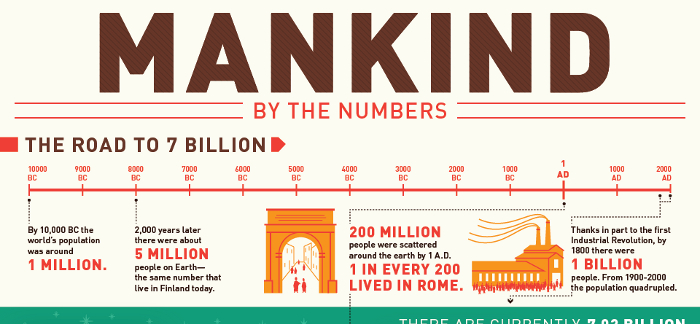The story about Kennewick Man is very vital in modern time’s archeology stories, this discovery provided vast amount of confusion to the public due to what it really represents. Way back July 28, 1996 at the Columbia Park situated in Kennewick, Washington, there are two men who accidentally seen portion of a human skull at the bottom part of the Columbia River with 10 feet distance from its shore during a boat race. The skull was taken by county coroner and handed it over to James Chatters, a well known archeologist.
The team of Chatter went to the Columbia Rivera and reclaimed a human nearly complete skeleton, with a narrow long face that is suggestive to be European descent. The skull was named as “Kennewick Man or The Ancient One.” This skeleton brought confusion to Chatters since he noticed that the teeth does not have any cavities, that for a man that ages around 40 to 50 years old; the teeth were exceptionally ground down.
Dr. Chatter thought that it’s not a Native American that controversy, debate and public interest began. He express the man as a Caucasoid then sent to the laboratory a portion of the bone to be noted and dated. For the shocking result, it was found out that the age indicated 9,000 years age older. This makes the Kennewick Man as the almost complete but oldest skeleton which is discovered in North America. For the succeeding test some of the bone sample resulted for amid 8,000-9,500 years of age.
The Kennewick Man had became the main subject of controversy of an 8 long years lawsuit among group scholars, some tribes of Native American and federal government which started in year 1996. The cases were resolved in year 2004 but the debate never stopped and continues until this day. But who was given the right or ownership for the remains? Well, according to the United States law, the said remains can’t be owned by anyone. Conversely, the remains of Kennewick Man were founded from federal lands that were currently restricted by the Army Corps of Engineers of the U.S.
The court selected the Burke Museum of Washington State museum in year 1998 of October. This was noted as the most appropriate neutral area for remains of Kennewick Man safekeeping. The US Army Corps of Engineer’s continuously contract with Burke Museum for the care of the remains. Even if the remains were designated into a museum, it was not on a display. This was put in a secured private location. The US army regulated every access of the remains.
Even if the NAGPRA or Native American Graves Protection and Repatriations passed in the year 1990 to provide legal protection over the human Native American remains that includes return to the tribal communities from Burke Museum once they prove that they were related to remains. Unfortunately, in April 19, 2004 the Ninth Circuit Court of Appeals upholds US District Court Judge Jelderks earlier decision that it cannot be identified as a Native American under NAGPRA law. Due to this, the remains of Kennewick Man were still at the control of US Army Corps of Engineers allowing plaintiffs scientific remains study to take into place.





